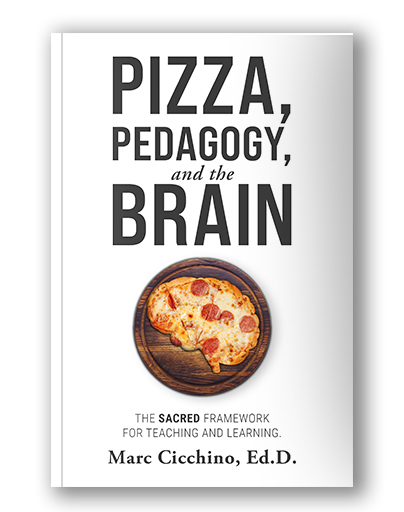Brain based learning theory and classroom engagement are a match made in education heaven. Most educators who are introduced to brain based learning theory for the first time immediately realize the incredible implications for classroom engagement and have the same reaction. In a sentence or two, it’s usually: “Why don’t I already know this?” and, “Why isn’t everyone talking about this? Why isn’t this required reading for all educators?”
Whether you’re new to brain based learning theory and are looking for new ways to foster classroom engagement, or you’re well versed in neuroscience and education but hungry for more, there’s something here for everyone.
Defining brain based learning theory
More often than not, what we’re describing is referred to more broadly as “brain based learning,” and it refers to the use of current research that is generally drawn from the intersection of fields like neuroscience, cognition, psychology, and education, to inform teaching and learning practices.
In that sense, just about any strategy for classroom engagement strategy might align with brain based learning theory – if it’s compatible with research-based understandings of how the brain learns best. Of course, it almost always turns out that the most effective strategies are indeed brain based, and that incongruent strategies benefit from some realignment to brain based learning research.
Unlike many other learning theories, like “problem based learning,” brain based learning theory doesn’t put any particular concept or activity in the center. The premise is not that there is a single-best-way to achieve meaningful learning, but rather, that brain science is inexplicably central to learning and should be consulted when trying to craft a truly effective learning environment.
Six principles of brain based learning theory that boost classroom engagement
If you want to learn more, here are a few helpful suggestions for diving into the world of brain based learning theory:
- You can delve into the research! Some helpful keywords (if you have access to databases) are “educational neuroscience” and “mind brain education” or “MBE.” Two peer reviewed journals that are worth checking out are Educational Neuroscience and Mind, Brain, and Education.
- Read more blog posts — like The Six Brain Based Learning Strategies That Matter Most!
- You can read books! The research journals described above can be pretty dense, so jumping to a curated collection of research that also elaborates on the implications for classroom practice can be helpful. Mind, Brain, and Education: Neuroscience Implications for the Classroom has a popular starting point for many educators.
- Order your copy of Pizza, Pedagogy, and the Brain — which was literally written to introduce educators to brain based learning theory and to bolster classroom engagement with loads of practical strategies.
- Find and attend conferences! Learning and the Brain puts on a number of wonderful conferences, institutes, and even webinars throughout the course of the year. For a more flexible PD option that’s online, self-paced, and designed with educators in mind, check out our online course here.


